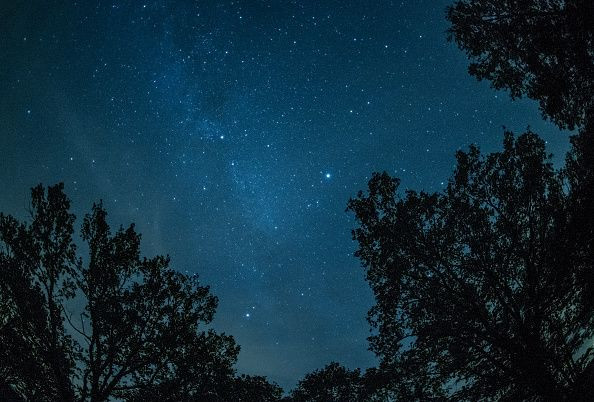Jupiter-Saturn Great Conjunction, Total Solar Eclipse: December Sky Events To Look Forward To
KEY POINTS
- December is packed with exciting sky events
- The 14th will feature a meteor shower and a total solar eclipse
- A very special conjunction between Jupiter and Saturn will also happen this month
Skywatchers are in for a treat this December. From a total solar eclipse to the rare conjunction of Jupiter and Saturn, December is sure to give them a reason to look up.
Geminid Meteor Shower
From the evening of Dec. 13 to the morning of Dec. 14, what NASA described as "one of the best meteor showers of the year" will peak. As the agency explained, 2020 is a good year to observe the Geminids, which could showcase 140 to 150 visible meteors per hour.
With clear skies and ideal conditions, skywatchers should be able to observe the Geminids throughout the night since its peak is quite broad, NASA said. What's more, there will be no interference from the moonlight because it also coincides with the new moon phase.
Total Solar Eclipse
At 11:17 a.m on the same day, Dec. 14, there will also be a total solar eclipse. This time, the event will be visible from the southern Pacific, Chile, Argentina, the coast of Africa and across the southern Atlantic, NASA said.
From these locations, skywatchers will see the sun being completely blocked out by the moon for a little over two minutes. A partial solar eclipse will also be visible in parts of southern South America and Antarctica. There, the moon will only appear to partially block the sun.
Although certain restrictions will likely prevent the more eager skywatchers from traveling to South America to watch the total solar eclipse live, there will surely be various livestreams that will allow people to witness the event as it unfolds.
The Great Conjunction Of Jupiter And Saturn
Jupiter and Saturn will appear closer to each other than the diameter of the moon starting Dec. 17, NASA said, but the two giants will appear nearest to one another on Dec. 21. Called the Great Conjunction of the two planets, they will appear as close together as a fifth of the apparent diameter of the moon on the 21st.
As EarthSky explained, Jupiter and Saturn meet up in the sky about every 20 years, but this year's event will be the closest Jupiter-Saturn conjunction since 1623.
Skywatchers can catch a stunning view of this event, whether they use a telescope or simply marvel at it with the naked eye.
December Solstice
The December solstice will also be on Dec. 21, marking the first day of winter in the Northern Hemisphere but the first day of summer in the Southern Hemisphere.
According to NASA, this winter solstice day will have the shortest sunlight period of the year at just 9 hours, 26 minutes and 13.5 seconds.
Ursids Meteor Shower
The Ursids meteor shower will grace the skies on the evening of the 21st until the morning of the 22nd, Sea and Sky said. This evening is expected to have dark skies, giving skywatchers a chance to view 5 to 10 Ursid meteors per hour.
Just like with other meteor showers, those who would like to catch a glimpse of it need not bring any special equipment. They only need to be in a dark place that's far away from city lights.

© Copyright IBTimes 2025. All rights reserved.






















